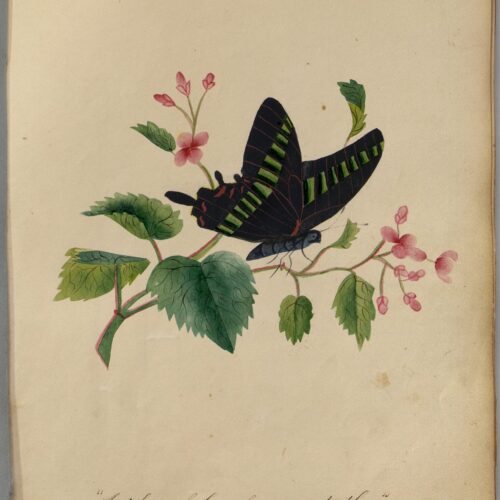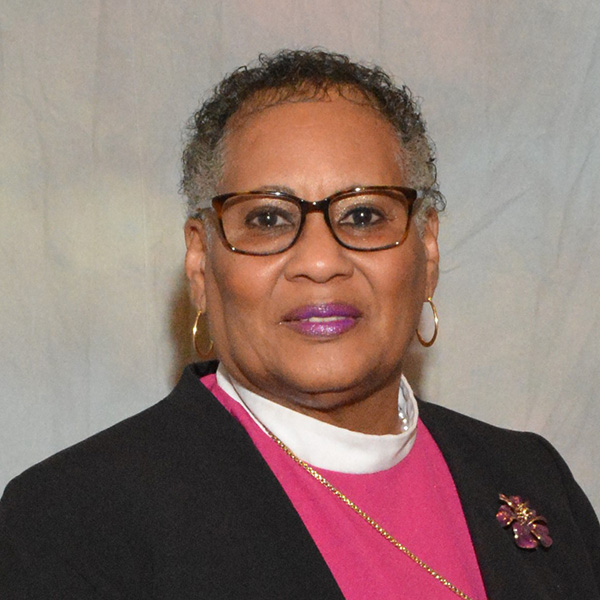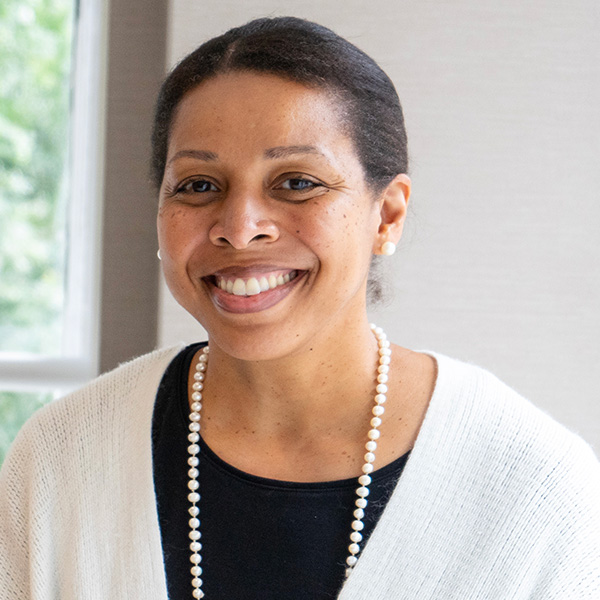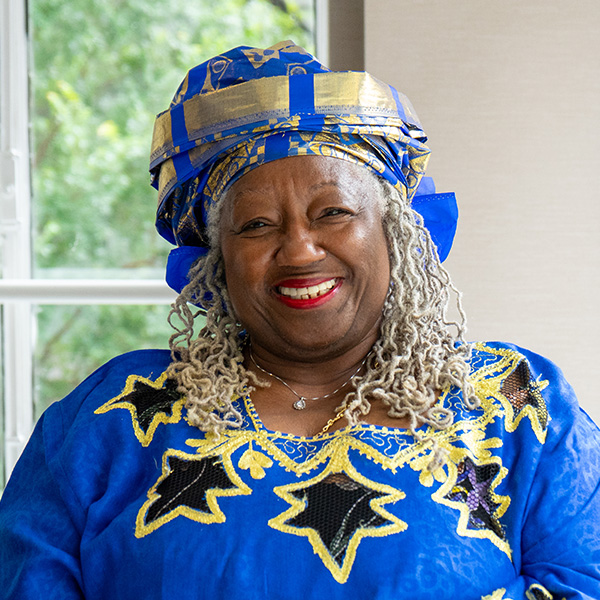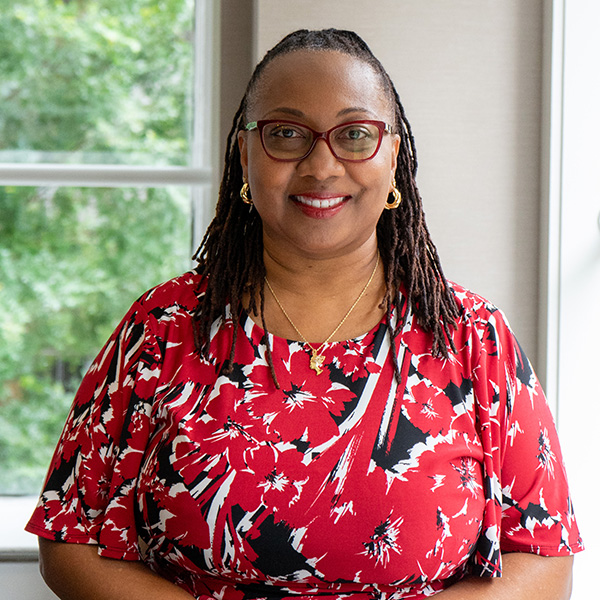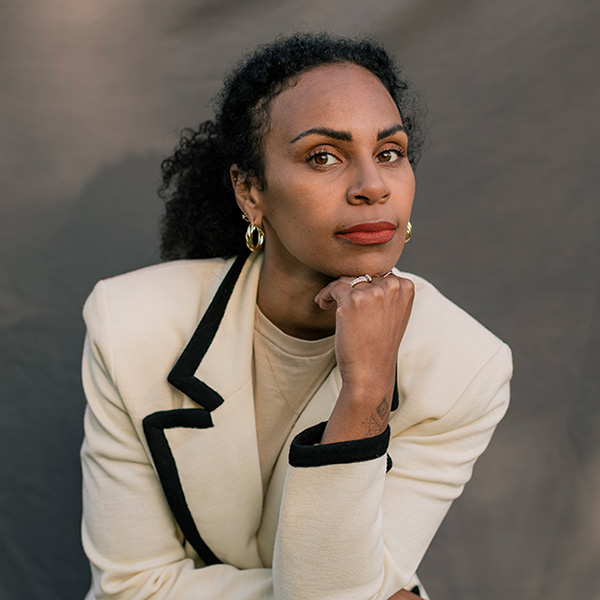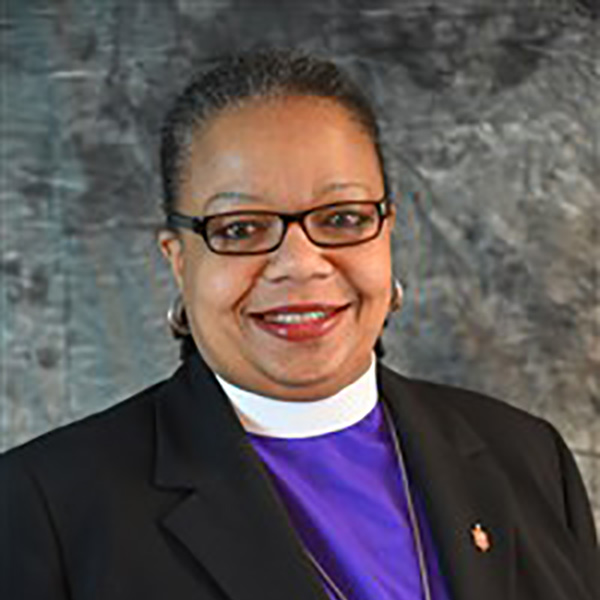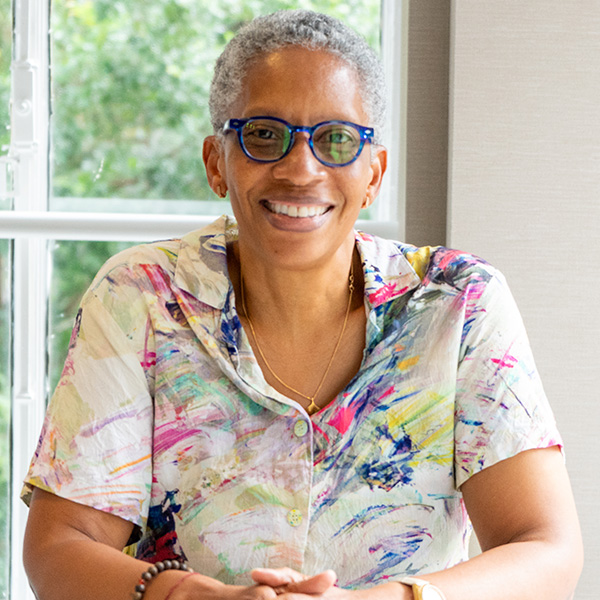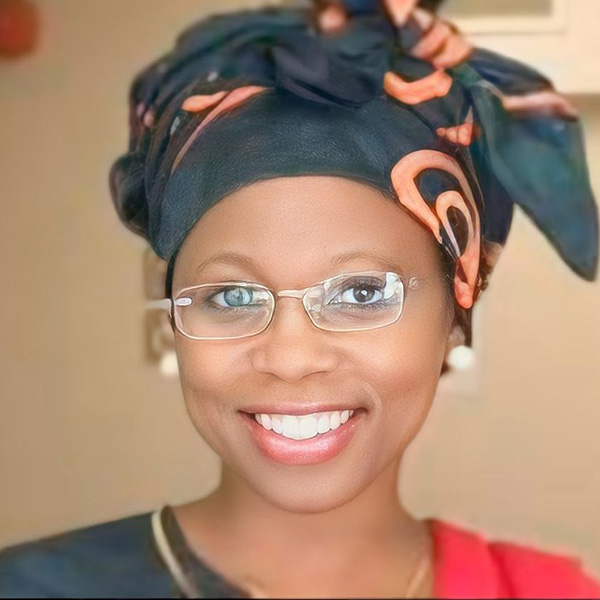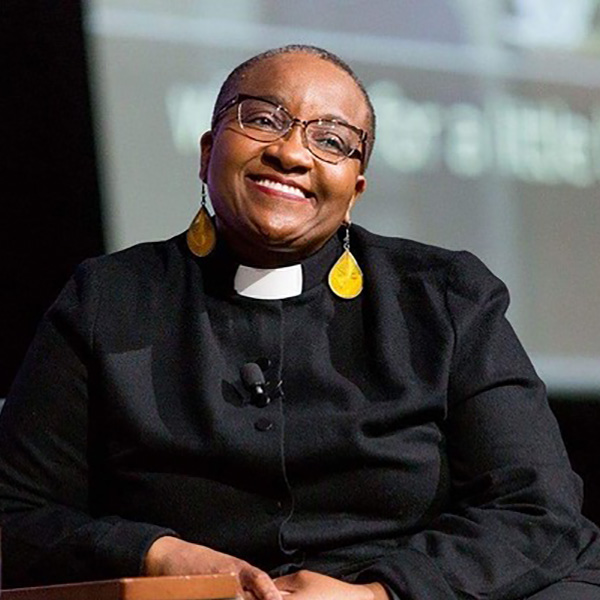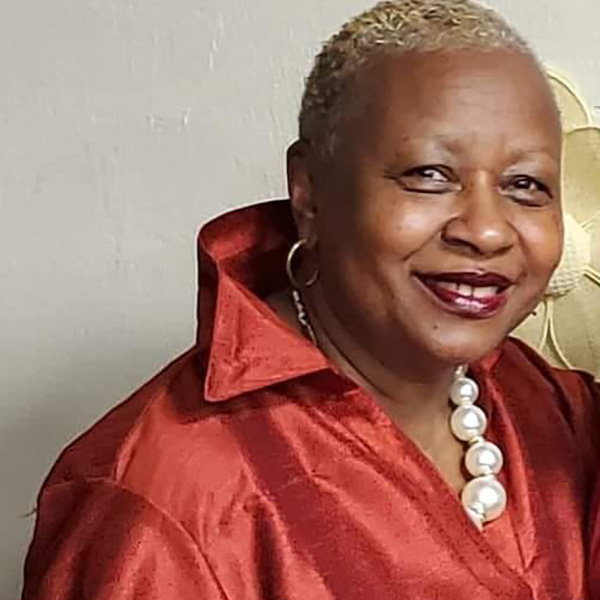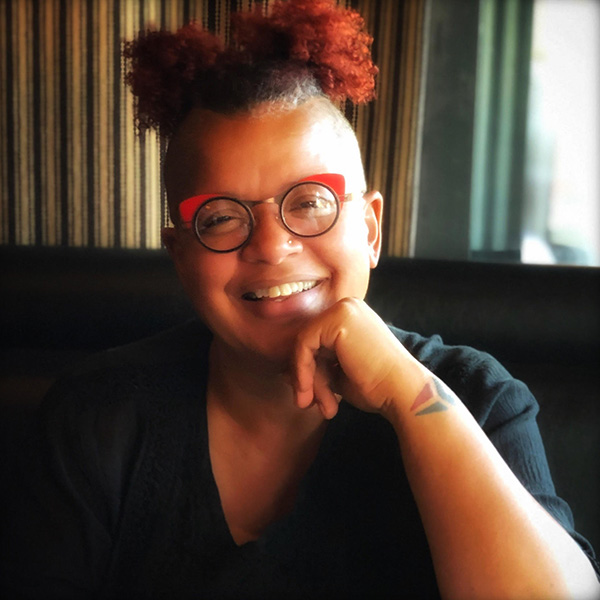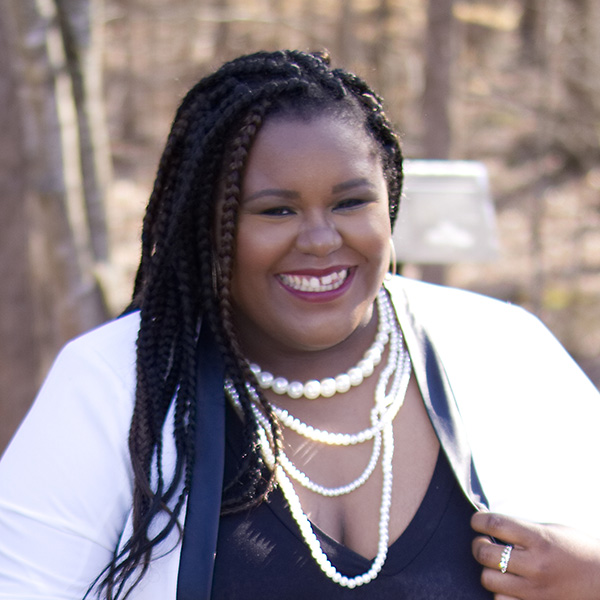Biography
Early Life
Sarah Mapps Douglass was a multi-talented woman of influence in the nineteenth century. She gained notoriety as an educator, abolitionist, and artist.
At a time when most Black people in the United States were enslaved, Douglass was born on September 9, 1806, to free parents in Philadelphia. Her parents were activist leaders in several prominent organizations. This included the Philadelphia Female Anti-Slavery Society which her mother helped found.
Her father helped found the First African Presbyterian Church. However, Quakerism was also part of her upbringing. Douglass attended a Quaker school and began teaching when she was around nineteen years old.
She was married to William Douglass (no relation), a reverend in the Episcopal Church in 1855 but was widowed just six years into the marriage.
Religious Teacher
As a teacher and school administrator, her faith informed her educational world views. In her essay, “A Good Habit Recommended,” she discussed the positive impact of creating a biblical curriculum for students.
She wrote, “Learning a portion daily from the scriptures of truth would be like the reception of seed into good ground, which might lie a long while dormant, covered over with youthful follies, but in due time would, nevertheless, spring up and bear fruit abundantly.”
She taught at the Free African School for Girls in New York City. Then she established the Institute for Colored Youth in Philadelphia during the 1850s. The school was supported by Quakers, and she led the Institute for over two decades.
Though she maintained a relationship with the Quaker religion throughout her life, she faced discrimination as a Black woman in an interracial congregation. She acknowledged the religion’s limitations, while still holding true to her faith and values.
Cultural Leadership
Douglass was a skilled watercolor painter and writer. She was also a founding member of the Female Literary Association which was established in 1931.
As an abolitionist, she expressed her religious conviction to speak out against slavery. She participated in anti-slavery organizations like the Philadelphia Female Anti-Slavery Society.
Douglass supported interracial collaboration by working with leading Black and white abolitionists. She attended gatherings like the Anti-Slavery Convention of American Women.
Douglass published several articles under the pen-name Zillah in William Lloyd Garrison’s Liberator. In 1832, she published “To A Friend” where she described her vision for an inclusionary society free of enslavement. She wrote,
“I see black and white mingle together in social intercourse, without a shadow of disgust appearing on the countenance of either; no wailing is heard, no clanking chains; but the voice of peace and love and joy is wafted to my ear on every breeze. And what has wrought this mighty change? Religion, my sister; the religion of the meek and lowly Jesus; and such are its effects wherever it appears.”
Douglass did live to see the abolishment of slavery but her activism continued to support Black communities. She was elected as the Vice President of the Woman’s Freedom Relief Association Auxiliary and founded the Stephen Smith Home for Aged and Infirm Colored Persons.
Sarah Mapps Douglass’ life-long commitment to service and advocacy was a positive force of change.
